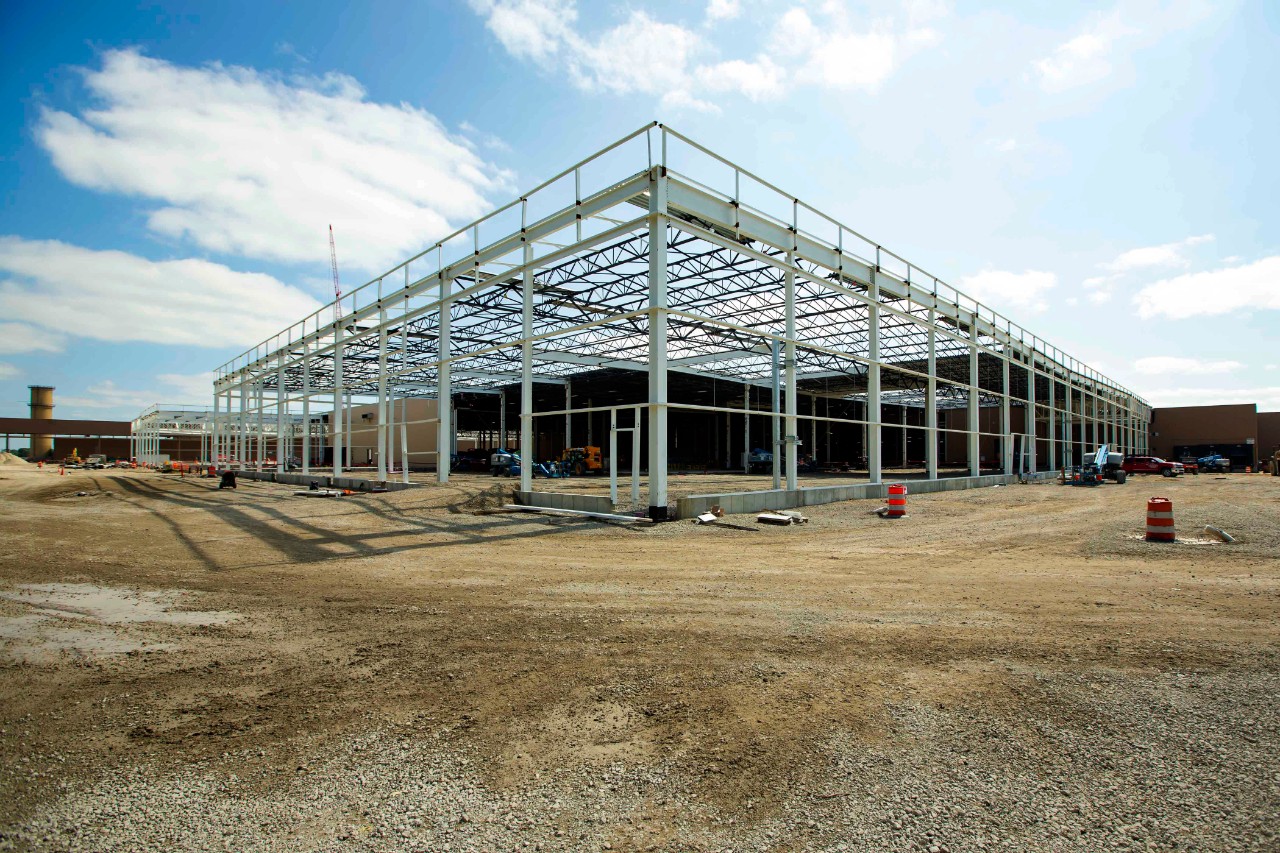
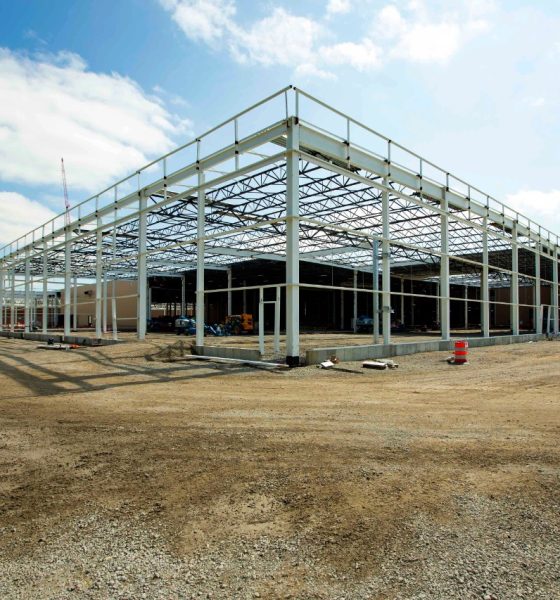
News
How President Biden’s ‘Build Back Better’ plan could bring legacy carmakers into the 21st Century
The introduction of President Joe Biden’s “Build Back Better” plan ignited some electric vehicle enthusiasts with a new sense of relief that their country was considering revamping the EV incentive program in the United States. However, some automakers, specifically Tesla, which is not unionized, will not feel the advantages of favoritism that could result in legacy automakers getting an updated look at some of their production facilities. If the fans and owners of the car companies that will not receive specialized treatment due to unions, at least they can sleep at night knowing the outdated legacy companies will receive a boost, which will only accelerate the United States’ transition to electric vehicles.
President Biden is scheduled to visit GM’s Factory Zero in Detroit today, highlighting the Democrat’s focus on accelerating the mission of electrifying the country’s vehicle fleet. That is, if you are operating with unionized workers. While the lack of acknowledgment of industry leaders like Tesla has fueled some EV enthusiasts to highlight the questionable commitment of the President, Biden is still helping out the legacy automakers and has a reasonable portion of the “Build Back Better” budget set aside to bring lagging car companies up to date with their technologies.
U.S. Senate Panel looks to boost EV Tax Credit to $12,500: What we know so far
Biden, along with Democrats in Congress, has already proposed nearly $50 billion in tax breaks, including a focus on EVs becoming a mainstay of government transportation. Now, Biden’s plan will provide loans for retooling factories to bring facilities up to speed with the manufacturing of electric vehicles and packages that will assist automotive plant communities.
Of the “Build Back Better” plan’s budget, $3.5 billion is set aside for the retooling and revival of U.S. automotive production factories. It would allocate some spending in the plan to see that traditional U.S. automakers cannot say that they do not have the technologies or the ability to produce EVs. The factories would be revolutionized by being converted into high-tech EV manufacturing sites. These manufacturers could also receive up to $3 billion in loans through the Department of Energy Advanced Technology Vehicles Manufacturing Loan Program. Additionally, communities in these areas are set to see the revival of nearly $3.7 billion in incentives, Reuters reports.
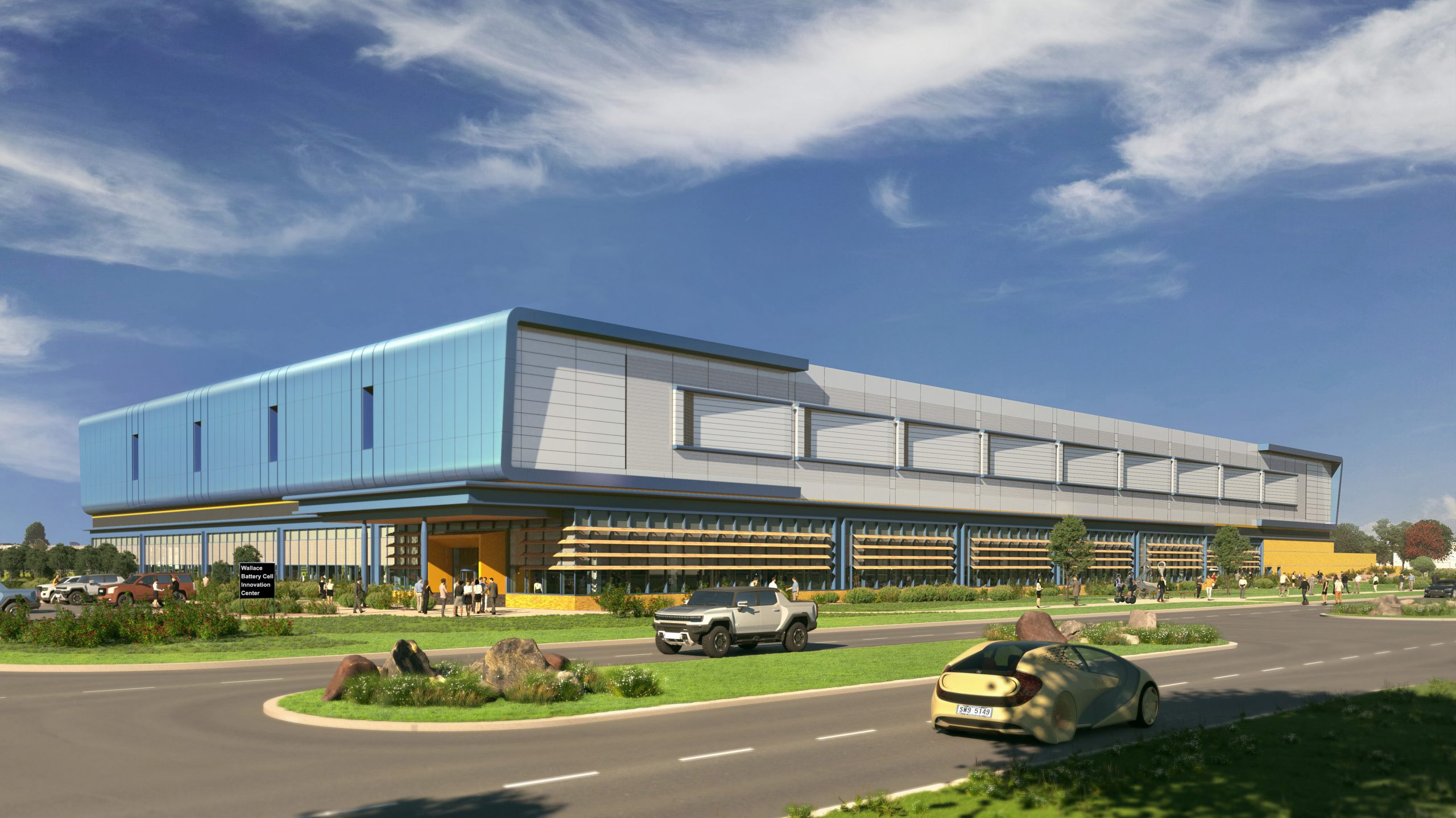
Architectural rendering of the completed first phase of GM’s Wallace Battery Cell Innovation Center. The Wallace Center will will accelerate new technologies like lithium-metal, silicon and solid-state batteries along with production methods that can quickly be deployed at battery cell manufacturing plants like GM’s joint ventures with LG Energy Solution in Lordstown, Ohio, and Spring Hill, Tennessee, along with other undisclosed locations.
Gerald Johnson, GM’s Head of Global Manufacturing, told the media outlet that federal spending on this level could increase demand for EVs. The advances in vehicle manufacturing could introduce higher-quality vehicles with more admirable features. The re-introduction of the EV tax credit also contributes significantly to consumer interest in purchasing EVs. Johnson said GM’s North American EV assembly capacity will reach 20% in 2025, and 50% in 2030.
Biden’s plan does not only benefit the lagging automakers by fronting the money for rejuvenation of automotive manufacturing facilities but the consumer as well. Biden’s plan reintroduces the EV tax credit, with up to $12,500 being offered. The credit may put cash directly into consumers’ pockets.
I’d love to hear from you! If you have any comments, concerns, or questions, please email me at joey@teslarati.com. You can also reach me on Twitter @KlenderJoey, or if you have news tips, you can email us at tips@teslarati.com.

News
Tesla is already expanding its Rental program aggressively
The program has already launched in a handful of locations, specifically, it has been confined to California for now. However, it does not seem like Tesla has any interest in keeping it restricted to the Golden State.
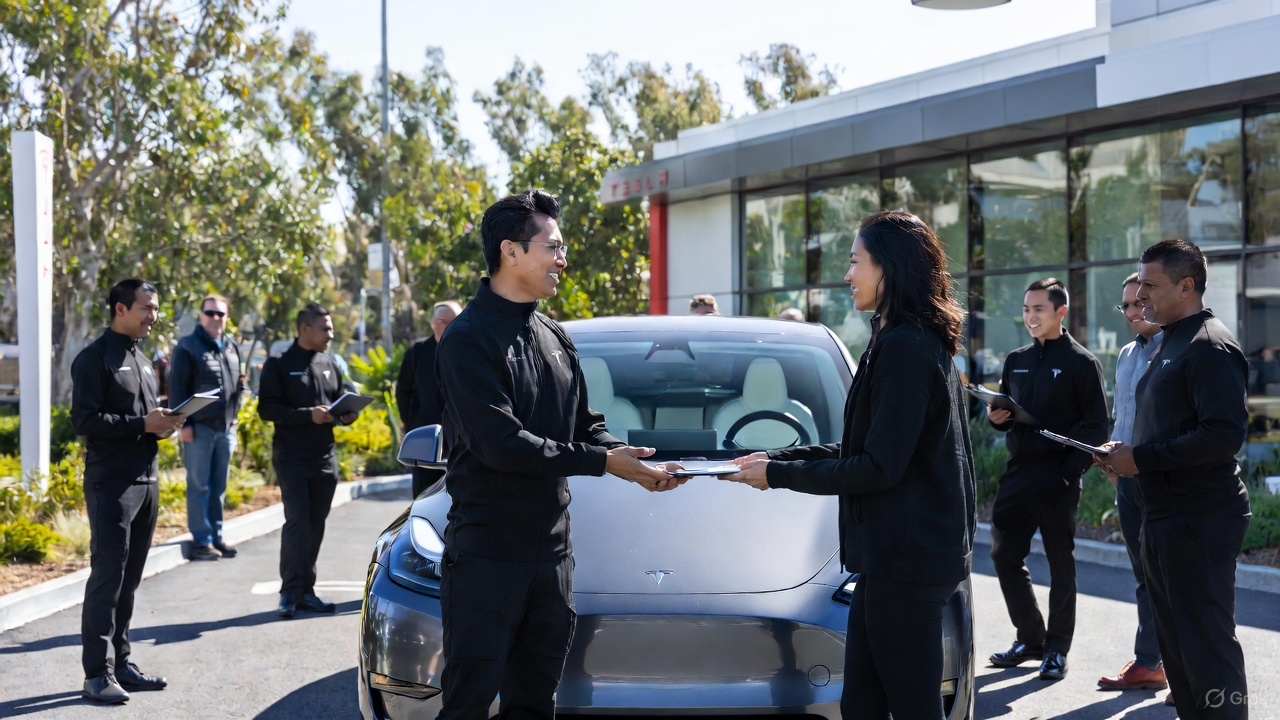
Tesla is looking to expand its Rental Program aggressively, just weeks after the program was first spotted on its Careers website.
Earlier this month, we reported on Tesla’s intention to launch a crazy new Rental program with cheap daily rates, which would give people in various locations the opportunity to borrow a vehicle in the company’s lineup with some outrageous perks.
Along with the cheap rates that start at about $60 per day, Tesla also provides free Full Self-Driving operation and free Supercharging for the duration of the rental. There are also no limits on mileage or charging, but the terms do not allow the renter to leave the state from which they are renting.
🚨🚨 If you look up details on the Tesla Rental program on Google, you’ll see a bunch of sites saying it’s because of decreasing demand 🤣 pic.twitter.com/WlSQrDJhMg
— TESLARATI (@Teslarati) November 10, 2025
The program has already launched in a handful of locations, specifically, it has been confined to California for now. However, it does not seem like Tesla has any interest in keeping it restricted to the Golden State.
Job postings from Tesla now show it is planning to launch the Rental program in at least three new states: Texas, Tennessee, and Massachusetts.
The jobs specifically are listed as a Rental Readiness Specialist, which lists the following job description:
“The Tesla Rental Program is looking for a Rental Readiness Specialist to work on one of the most progressive vehicle brands in the world. The Rental Readiness Specialist is a key contributor to the Tesla experience by coordinating the receipt of incoming new and used vehicle inventory. This position is responsible for fleet/lot management, movement of vehicles, vehicle readiness, rental invoicing, and customer hand-off. Candidates must have a high level of accountability, and personal satisfaction in doing a great job.”
It also says that those who take the position will have to charge and clean the cars, work with clients on scheduling pickups and drop-offs, and prepare the paperwork necessary to initiate the rental.
The establishment of a Rental program is big for Tesla because it not only gives people the opportunity to experience the vehicles, but it is also a new way to rent a car.
Just as the Tesla purchasing process is more streamlined and more efficient than the traditional car-buying experience, it seems this could be less painful and a new way to borrow a car for a trip instead of using your own.
Elon Musk
Elon Musk’s xAI gains first access to Saudi supercluster with 600k Nvidia GPUs
The facility will deploy roughly 600,000 Nvidia GPUs, making it one of the world’s most notable superclusters.
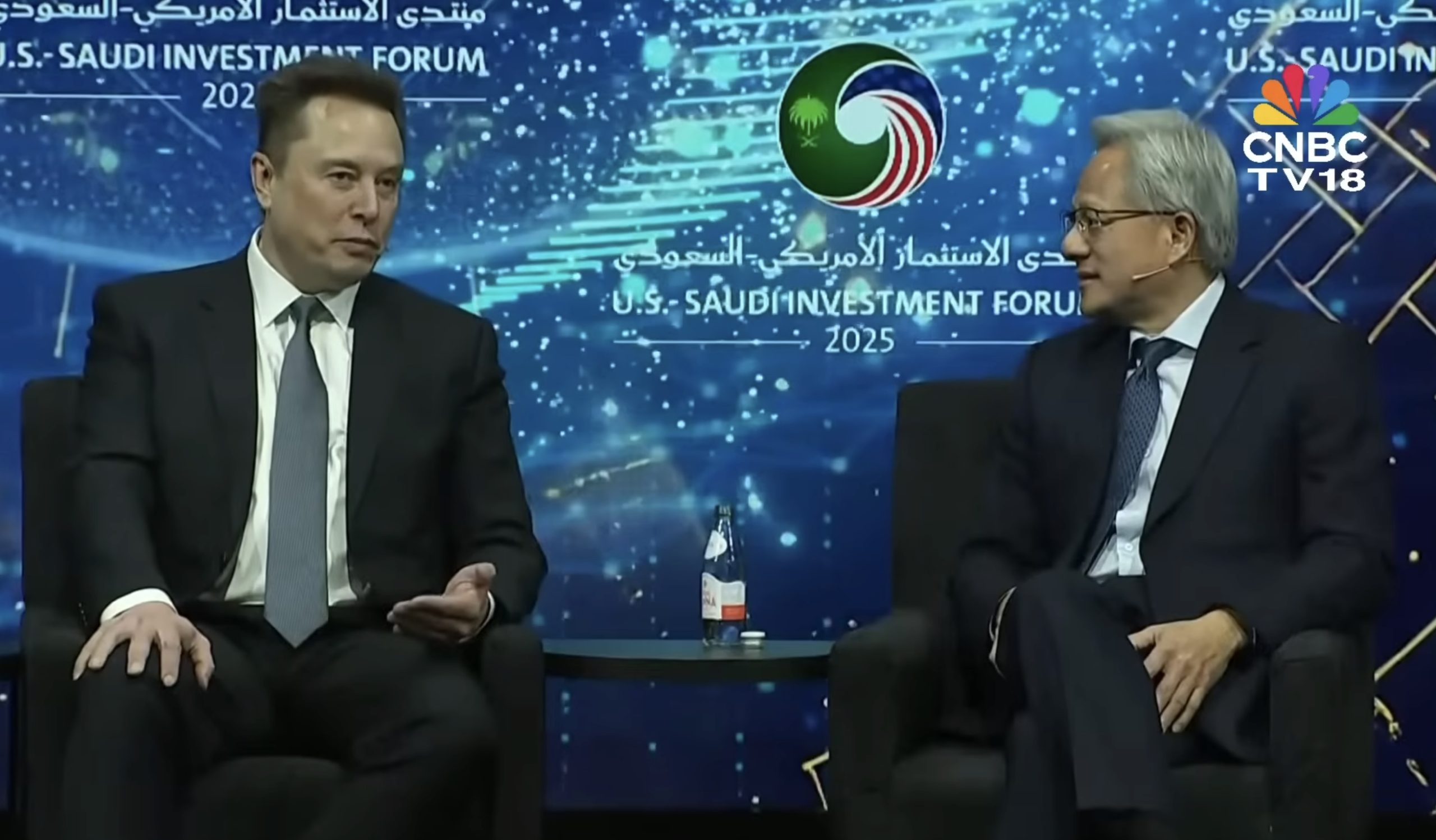
A Saudi-backed developer is moving forward with one of the world’s largest AI data centers, and Elon Musk’s xAI will be its first customer. The project, unveiled at the U.S.–Saudi Investment Forum in Washington, D.C., is being built by Humain, a company supported by Saudi Arabia’s Public Investment Fund.
The facility will deploy roughly 600,000 Nvidia GPUs, making it one of the world’s most notable superclusters.
xAI secures priority access
Nvidia CEO Jensen Huang stated that the planned data center marks a major leap not just for the region but for the global AI ecosystem as a whole. Huang joked about the sheer capacity of the build, emphasizing how unusual it is for a startup to receive infrastructure of such magnitude. The facility is designed to deliver 500 megawatts of Nvidia GPU power, placing it among the world’s largest AI-focused installations, as noted in a Benzinga report.
“We worked together to get this company started and off the ground and just got an incredible customer with Elon. Could you imagine a startup company, approximately $0 billion in revenues, now going to build a data center for Elon? 500 megawatts is gigantic. This company is off the charts right away,” Huang said.
Global Chipmakers Join Multi-Vendor Buildout To Enhance Compute Diversity
While Nvidia GPUs serve as the backbone of the first phase, Humain is preparing a diversified hardware stack. AMD will supply its Instinct MI450 accelerators, which could draw up to 1 gigawatt of power by 2030 as deployments ramp. Qualcomm will also contribute AI200 and AI250 data center processors, accounting for an additional 200 megawatts of compute capacity. Cisco will support the networking and infrastructure layer, helping knit the multi-chip architecture together.
Apart from confirming that xAI will be the upcoming supercluster’s first customer, Musk also joked about the rapid scaling needed to train increasingly large AI models. He joked that a theoretical expansion one thousand times larger of the upcoming supercluster “would be 8 bazillion, trillion dollars,” highlighting the playful exaggeration he often brings to discussions around extreme compute demand.
Elon Musk
Elon Musk debunks pay package and lip reader claims in double takedown
Musk’s quick debunks highlighted once more that X is an ideal platform for directly countering misinformation.
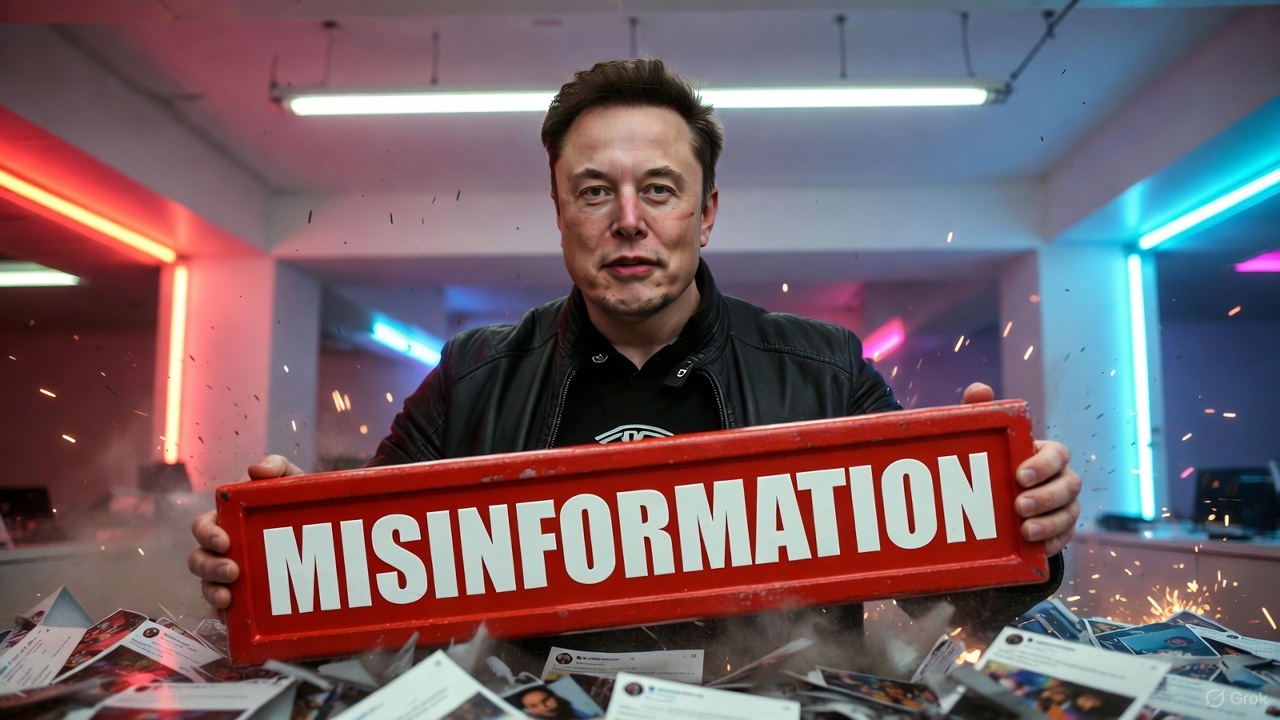
Elon Musk recently took to X to debunk some misinformation about his 2025 CEO performance award, as well as some comments he made during Donald Trump’s banquet in honor of Saudi Prince Mohammed bin Salman.
Musk’s quick debunks highlighted once more that X is an ideal platform for directly countering misinformation.
Musk’s pay package
Elon Musk’s 2025 CEO performance award was created as a path for him to gain a 25% stake in Tesla. It would also make him a trillionaire, provided that he manages to meet all of the performance award’s aggressive targets. This has not stopped critics from running with the apparent narrative that Musk will be getting the $1 trillion with utmost certainty, however.
This included the More Perfect Union account on X, which noted that “Elon Musk is set to make more than every U.S. elementary school teacher combined, according to the Washington Post.”
Musk responded to the pro-union amount’s post, highlighting that he has not earned any of his $2025 performance award so far. Musk also noted that those who believe he will be getting $1 trillion should invest in TSLA stock, as his compensation is tied to the company’s performance and growth. Investors who hold their TSLA until Musk achieves his full pay package would likely get notable returns.
Lip reader fail
Musk also debunked claims from the Daily Mail, which claimed that he made an “explosive” remark at Trump’s banquet for Saudi Prince Mohammed bin Salman. Citing observations from lip reader Nicola Hickling, the Mail claimed that Musk asked Pfizer CEO Albert Bourla, “What is your opinion, is he a terrorist?” The publication also posted a video of Musk allegedly making the risqué comment on X.
Musk proceeded to correct the publication, stating that the lip reader’s observations were fake. Instead of asking the Pfizer CEO if the Saudi Prince was a terrorist, Musk noted that he was asking the executive about cancer medicine. “False, I was asking about upcoming cancer drugs,” Musk wrote in a response on X.
Musk’s comments resulted in numerous critical responses to the Mail’s video, with some X users joking that the lip reader who analyzed the clip should probably get a visual acuity test, or a better training course on lip reading at least.








